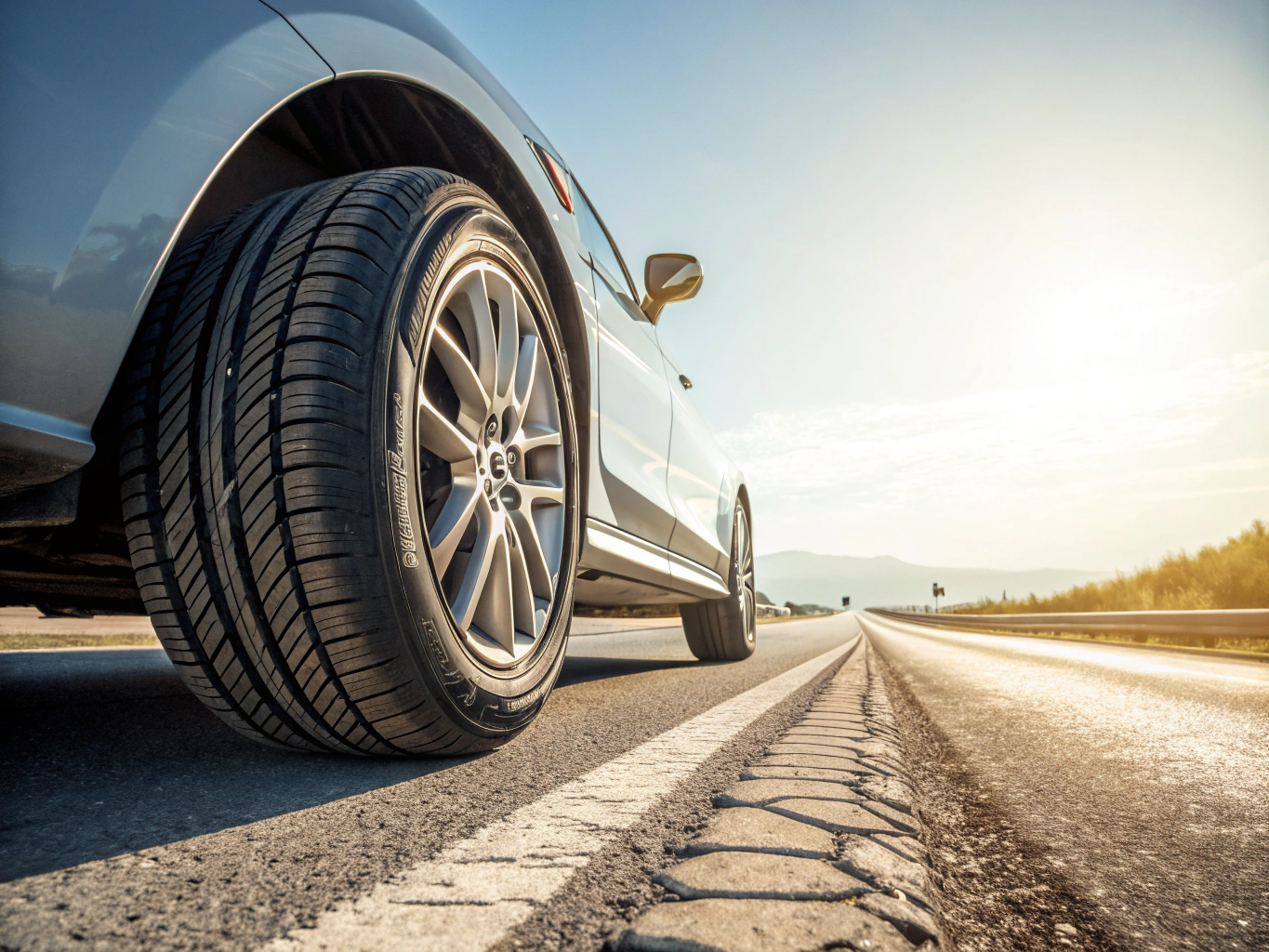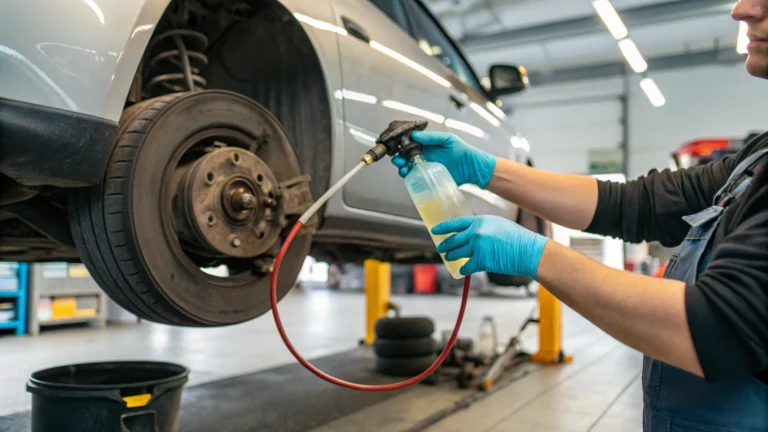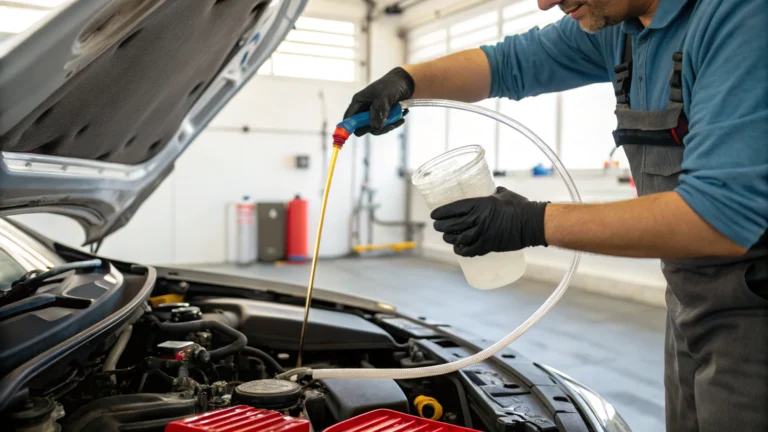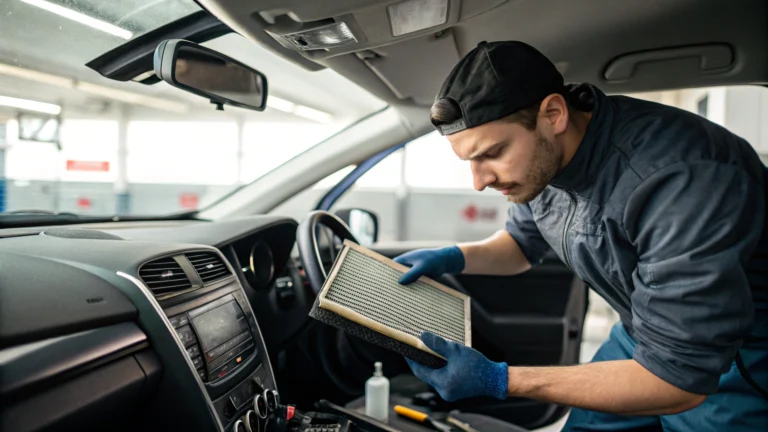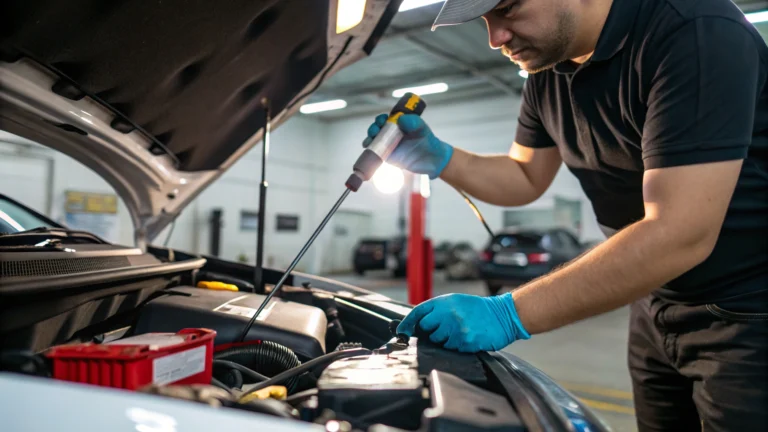Top Summer Tires for Enhanced Safety & Performance: What You Need to Know
Introduction
When temperatures rise and roads heat up, the right set of tires becomes more than just a vehicle accessory—it becomes a crucial safety and performance component. Summer tires are specifically engineered to provide optimal performance during warm weather conditions, offering enhanced grip, improved handling, and superior braking capabilities when compared to all-season alternatives. Many drivers underestimate the impact that specialized summer tires can have on their driving experience, potentially compromising both safety and vehicle performance during the hottest months of the year.
Unlike all-season or winter tires, summer tires are designed with specialized compounds and tread patterns that excel in temperatures above 45°F (7°C). These design elements work together to create a driving experience that’s not only more responsive but significantly safer when navigating hot pavements, sudden summer downpours, and high-speed highway driving that often accompanies vacation season.
Why Summer Tires?
Performance Benefits
Summer tires deliver exceptional performance advantages that become particularly noticeable during hot weather conditions. The specialized rubber compounds used in these tires remain flexible and responsive even as temperatures climb, unlike all-season alternatives that may become too soft and compromise handling.
The tread patterns of summer tires are engineered with fewer grooves and more rubber making contact with the road surface. This design creates several key performance benefits:
- Enhanced cornering stability: The increased contact patch allows for better grip when taking corners, reducing the risk of skidding.
- Improved acceleration: More rubber on the road means better traction when accelerating, particularly valuable for performance vehicles.
- Shorter stopping distances: Tests consistently show that vehicles equipped with quality summer tires stop several feet shorter than those with all-season tires—a difference that could prevent accidents.
- Superior responsiveness: The stiffer sidewalls common in summer tires provide more precise steering response and feedback to the driver.
These performance enhancements are particularly noticeable on dry roads, where summer tires truly excel. Brands like Michelin and Pirelli have developed specialized compounds that maintain optimal performance characteristics even as the asphalt temperature rises to extremes during heatwaves.
Safety Features
Beyond performance, summer tires incorporate several safety features specifically designed for warm weather conditions:
Hydroplaning resistance stands as one of the most critical safety advantages. Despite being optimized for dry conditions, quality summer tires incorporate specialized tread patterns with straight, wide grooves that efficiently channel water away from the contact patch. This design dramatically reduces hydroplaning risk during unexpected summer thunderstorms.
Summer tires also provide enhanced wet grip through specialized silica compounds that maintain traction on wet surfaces. Bridgestone and Continental have pioneered advanced rubber formulations that create a microscopic roughness on the tire surface, allowing for better contact with the road even when a thin film of water is present.
The heat resistance engineered into summer tires represents another crucial safety feature. These tires maintain structural integrity and performance characteristics even during extended high-speed driving in hot conditions, reducing the risk of blowouts or sudden tire failure that can occur when standard tires overheat.
For drivers in hot climates, these safety features aren’t merely convenient—they can be lifesaving during critical moments when maximum grip and predictable handling are essential.
Choosing the Right Summer Tires
Types of Summer Tires
Summer tires are not a one-size-fits-all solution. They come in several specialized categories to meet different driving needs and vehicle types:
High-Performance Summer Tires: Designed for sports cars and performance sedans, these tires prioritize grip and handling above all else. They feature aggressive tread patterns with large tread blocks for maximum road contact. Manufacturers like Pirelli and Michelin dominate this category with models specifically engineered for vehicles that demand responsive handling. While these provide exceptional performance, they typically wear faster than other varieties.
Touring Summer Tires: These strike a balance between performance and comfort, making them ideal for luxury sedans and daily drivers. Touring summer tires incorporate noise-reduction technology and slightly softer compounds for a more comfortable ride while still maintaining excellent warm-weather performance. Continental and Goodyear offer popular options in this category that deliver a quieter, smoother experience without significantly compromising grip.
Ultra-High-Performance (UHP) Summer Tires: These represent the pinnacle of summer tire technology, designed for exotic sports cars and high-performance vehicles. UHP tires feature cutting-edge compounds and construction techniques that maximize grip in both dry and wet conditions. They’re engineered to handle extreme cornering forces and high speeds, though this specialized performance comes with a higher price tag and typically shorter tread life.
Eco-Friendly Summer Tires: A newer category focused on reducing rolling resistance while maintaining summer performance characteristics. These tires help improve fuel efficiency without significantly compromising the safety and handling benefits of summer tires. Brands like Bridgestone have developed specific eco-friendly summer tire lines that reduce carbon footprint while still delivering reliable warm-weather performance.
What to Look for When Buying
When selecting summer tires, several key factors should guide your decision:
Tread Pattern: Look for designs with fewer sipes (small slits in the tread blocks) and larger, more solid tread blocks for dry performance. However, ensure there are still adequate straight grooves for water evacuation during rain.
Tread Wear Rating: Summer tires typically wear faster than all-season alternatives due to their softer compounds. Check the UTQG (Uniform Tire Quality Grading) treadwear rating—higher numbers indicate longer expected tread life. Premium summer tires often balance performance with reasonable wear characteristics.
Temperature Rating: All tires carry a temperature rating (A, B, or C) that indicates how well they dissipate heat. For summer tires, especially in very hot climates, an “A” rating is highly recommended to ensure safety during extended driving in extreme heat.
Speed Rating: Summer tires come with various speed ratings (indicated by letters like H, V, W, Y, or (Y)). This rating tells you the maximum speed the tire can safely maintain. Match this rating to your vehicle’s capabilities and your typical driving habits.
Load Index: This numerical code indicates how much weight each tire can safely carry. Ensure the tires you select meet or exceed your vehicle manufacturer’s recommendations.
Noise Level: Some summer tires, particularly ultra-high-performance models, can generate more road noise. If comfort is important to you, look for models with noise-reduction technology or check decibel ratings where available.
Price vs. Performance: While premium brands like Michelin and Pirelli often deliver superior performance, mid-range options from manufacturers like Cooper or General Tire can offer excellent value. Consider your driving needs and budget when making this tradeoff.
Before finalizing your purchase, always check your vehicle manufacturer’s recommended tire size and specifications to ensure proper fit and performance.
Top Recommended Summer Tires
Based on extensive testing and industry reviews, these summer tires stand out for their exceptional performance and safety characteristics:
Michelin Pilot Sport 4S: Widely regarded as the gold standard for high-performance summer tires, the Pilot Sport 4S delivers exceptional dry grip, impressive wet performance, and reasonable tread life compared to other performance-focused options. Its asymmetric tread design combines large outer shoulder blocks for cornering stability with efficient water-channeling grooves. While premium-priced, these tires deliver uncompromising performance for sports cars and performance sedans.
Continental ExtremeContact Sport: This tire offers an excellent balance of performance and value. It provides near-flagship levels of grip and handling while typically costing less than the premium Michelin options. The ExtremeContact Sport excels in wet conditions thanks to its +Silane additives in the tread compound, making it an ideal choice for regions that experience frequent summer showers.
Bridgestone Potenza Sport: A newer entry in the ultra-high-performance category, the Potenza Sport has quickly established itself as a top contender. It features an innovative tread compound that maintains flexibility across a wide temperature range and delivers exceptional steering response. Independent tests have shown it provides some of the shortest braking distances in both wet and dry conditions.
Pirelli P Zero (PZ4): Often selected as original equipment on luxury performance vehicles, the P Zero delivers precise handling and excellent feedback to the driver. Its nano-composite compounds ensure grip even as the tire heats up during aggressive driving, while specially designed shoulder blocks enhance cornering stability. The P Zero is particularly well-suited to European performance vehicles.
Goodyear Eagle F1 Asymmetric 6: This tire represents Goodyear’s latest advancement in summer performance technology. It features an adaptive contact patch that expands during cornering to maximize grip. The Eagle F1 also incorporates Goodyear’s “Active Braking Technology” that increases surface contact during hard braking, resulting in shorter stopping distances on both wet and dry surfaces.
Continental PremiumContact 6: For drivers seeking a more touring-oriented summer tire, the PremiumContact 6 delivers excellent comfort while maintaining very good performance characteristics. It’s engineered to reduce road noise and provide a smoother ride while still offering the safety benefits of a dedicated summer tire. This makes it ideal for luxury sedans and drivers who prioritize comfort alongside performance.
When selecting from these options, consider your specific vehicle type, driving style, and local climate conditions to find the perfect match for your needs.
Conclusion
Investing in high-quality summer tires represents one of the most significant safety and performance upgrades you can make to your vehicle during the warmer months. Unlike all-season alternatives, specialized summer tires deliver superior grip, enhanced handling, and improved braking performance exactly when these characteristics matter most—during hot weather driving conditions.
The benefits extend far beyond the performance advantages that enthusiasts might appreciate. The safety enhancements provided by summer tires—including better wet-weather performance, resistance to hydroplaning, and improved stability during emergency maneuvers—create a compelling case for seasonal tire changes even for everyday drivers.
When selecting summer tires, remember to consider your specific driving needs, vehicle type, and typical road conditions. While premium options from manufacturers like Michelin and Pirelli often deliver the absolute best performance, excellent alternatives exist at various price points to suit different budgets and priorities.
Ultimately, the right summer tires provide peace of mind through enhanced safety margins while simultaneously making your vehicle more responsive and enjoyable to drive. As temperatures rise, ensure your vehicle is equipped to handle the unique challenges of summer driving with tires specifically engineered for the season.
Check out our full range of tire guides for all seasons!
As an Amazon Associate I earn from qualifying purchases.
